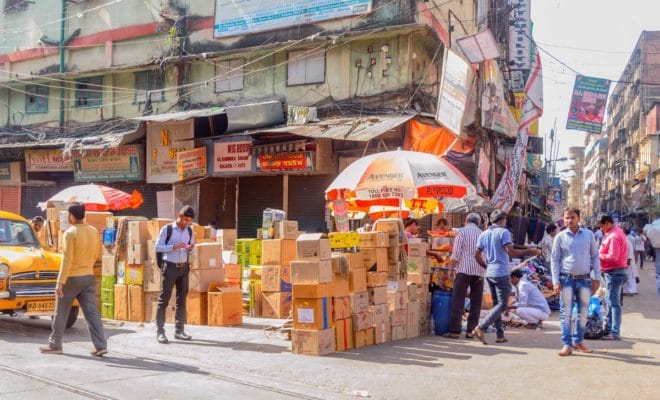Business
India Recorded Highest Average Real Wage Growth in South Asia Between 2008-17: ILO

Picture Courtesy: Bigstock
In South Asia, India led the average real wage growth in 2008-17 at 5.5 against a regional median of 3.7.
According to a new report by the International Labor Organization (ILO), India recorded the highest average real wage growth in South Asia between 2008-17.
The Global Wage Report 2018/19 said that workers in Asia and the Pacific got the highest real wage growth among all regions between 2006-17 period, with countries like China, India, Thailand, and Vietnam leading the way. This reflected more rapid economic growth than in other regions, the report added.
In South Asia, India led the average real wage growth in 2008-17 at 5.5 against a regional median of 3.7. Following India was Nepal (4.7), Sri Lanka (4), Bangladesh (3.4), Pakistan (1.8) and Iran (0.4), PTI reported.
According to the report, all emerging G20 countries except Mexico experienced significant positive growth in average real wages between 2008 and 2017. “Wage growth continues in Saudi Arabia, India, and Indonesia, whereas in Turkey it declined to around 1 percent in 2017,” the report said. It also added that South Africa and Brazil have experienced positive wage growth starting from 2016 after a phase of almost zero growth during the period 201216, with negative growth in Brazil during 2015-16, the news agency reported.
In 2015, Russia suffered a significant drop in wage growth owing to the decline in oil prices but has rebounded with moderate wage growth. It also noted that several countries have recently undertaken measures to strengthen their minimum wage with a view to providing more adequate labor protection, PTI reported.
South Africa announced the introduction of a national minimum wage in 2018, while lawmakers in India are examining the possibility of extending the legal coverage of the current minimum wage from workers in scheduled’ occupations to all wage employees in the country, PTI reported citing the report.
“We are seeing some degree I don’t want to exaggerate it – of convergence wages in developing countries are increasing more quickly than those in higher-income countries,” ILO Director-General Guy Ryder said. “That sounds like good news because we all want to see convergence around the world but let’s not exaggerate because the gaps are still very, very big. Very often the level of wages is still not high enough for people to meet their basic needs.”
The global wage growth declined to 1.8 percent in 2017 from 2.4 percent in 2016, ILO said. Its findings are based on data from 136 countries. In the last 20 years, average real wages have almost tripled in emerging and developing G20 countries, ILO said adding in advanced G20 countries, they have increased by just nine percent.
